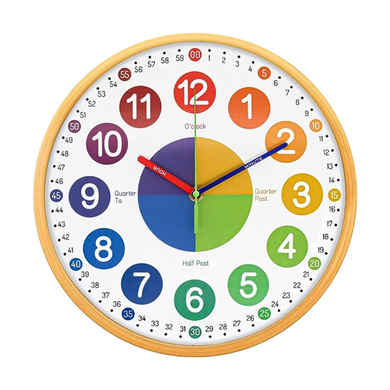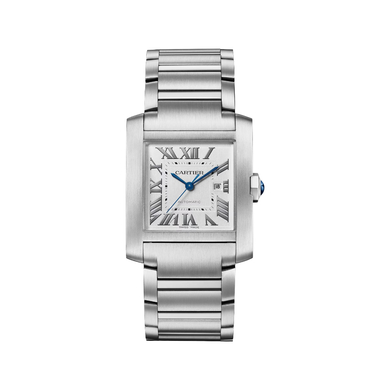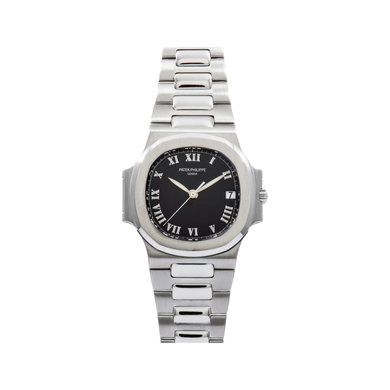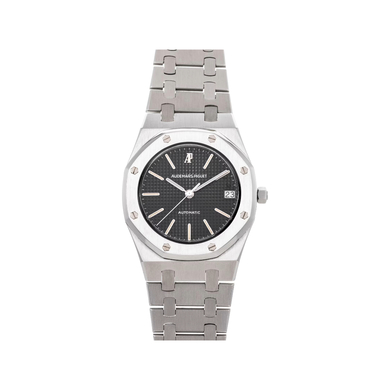Shakespeare’s seven ages of man do not always paint the prettiest picture of the human condition: from “mewling and puking” through “fair round belly,” and on to “second childishness.” Shakespeare tells us that “one man in his time plays many parts.” But what interests me is how this seven-part actor tells his time.
While Shakespeare has Brutus and Cassius discussing the striking of an anachronistic clock in Julius Caesar, he is disappointingly silent when it comes to his favored timepieces. So, in an effort to fill this chasm in Shakespearean scholarship, and to be in time for the season of giving and receiving gifts, I offer a few suggestions:
When not “mewling and puking,” the infant can enjoy learning to tell the time with one of these colorful teaching clocks.
The whining schoolboy “creeping like a snail unwillingly to school” probably does so with something like a Swatch or a Casio G Shock 5600 on his wrist. Ryan Gosling once told me that as a schoolboy he favored a Hulk Hogan watch, but these days he has graduated to higher things and wears TAG Heuer.
Then comes the Lover “sighing like a furnace, with a woeful ballad made to his mistress’ eyebrow.” Given that Paris is the city of love, it is fortuitous indeed that this year saw Cartier relaunch its Tank Française. Shakespeare also described music as the food of love, and if you have six figures to spend, you might like to serenade your lover with a minute repeater, which chimes the passing hours, minutes, and quarters. And if, like Romeo and Juliet, this wooing is being done outdoors, say from garden to upper-story balcony, you will need one with sound that carries well, like Patek Philippe’s “Advanced Research” Fortissimo.
Ryan Gosling once told me that as a schoolboy he favored a Hulk Hogan watch.
A soldier “sudden and quick in quarrel” is the fourth act to tread life’s stage, and there are any number of “mil-spec” watches that are military-inspired or with military heritage to choose from. Panerai began life equipping the military, and if your wrist is butch enough, there is the Panerai Egiziano, a 60-mm. dreadnought of a timepiece based on a model developed for the Egyptian Navy in 1956. But many other brands in their time have supplied armed forces with watches. Most famously, Rolex’s Submariner was a longtime favorite of Royal Navy divers, while Blancpain’s Fifty Fathoms, used by French military frogmen (I could not resist the pun), is celebrating its 70th-birthday this year with some interesting new models. If you are on a budget, think about the Blancpain x Swatch Scuba, which shows that the excitement of the Omega x Swatch MoonSwatch can work for other brands.
The “justice” is the character Shakespeare uses to embody professional success and prosperity, and in recent years the hallmarks of such success have been the Patek Philippe Nautilus and Audemars Piguet’s Royal Oak. The mania that surrounded these watches a couple of years ago, which pushed secondary-market prices to six times retail, has abated, and they are easier or, perhaps more accurately, less difficult to find than they once were.
The spectacles on the “lean and slipper’d pantaloon” who personifies Shakespeare’s sixth age are to be taken as a sort of warning that one should ideally realize one’s horological wish list before one’s eyesight deteriorates. For instance, I have always had a rather soft spot for Patek Philippe’s vintage perpetual calendar Chronograph 3970, which was made for about 20 years starting in the mid-1980s. Patek’s perpetual-calendar chronos have been in production since the 1940s. They are the horological equivalent of Ferrari GTs, and the 3970 is the most accessibly priced on the secondary market, albeit still in the low six figures. Alas, it is also the one with the smallest case diameter, which makes consulting such things as date, moon-phase, and leap-year indicators taxing for older eyes.
As for Shakespeare’s seventh age, it is just too depressing to contemplate. So, instead, I am going to say that the seventh age is the time to tick things off the horological bucket list: if you have fancied a platinum Rolex Daytona, take the plunge. I dislike the term “grail watch,” but it covers the sort of stuff I and other watch obsessives dream about; so if you have dreamed about a watch by one of the leading independent makers, say a Rexhep, a Journe, or a Dufour, now is the time to spend the kids’ inheritance.
After all, there is no eighth age, and you cannot take it with you. And even if you are nowhere near your seventh age, given the length of waiting lists for the more desirable pieces, it might just be sensible to get your name on a list anyway.
Nicholas Foulkes, the author of more than 20 books on the arts and history, is a London-based writer and editor












